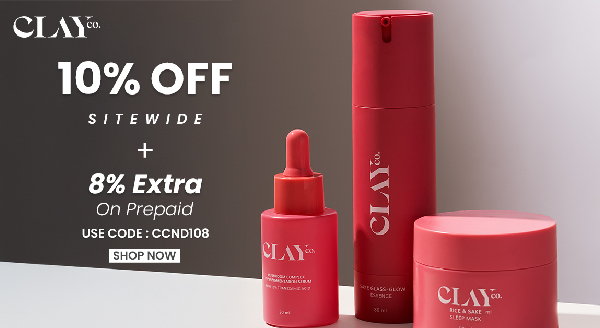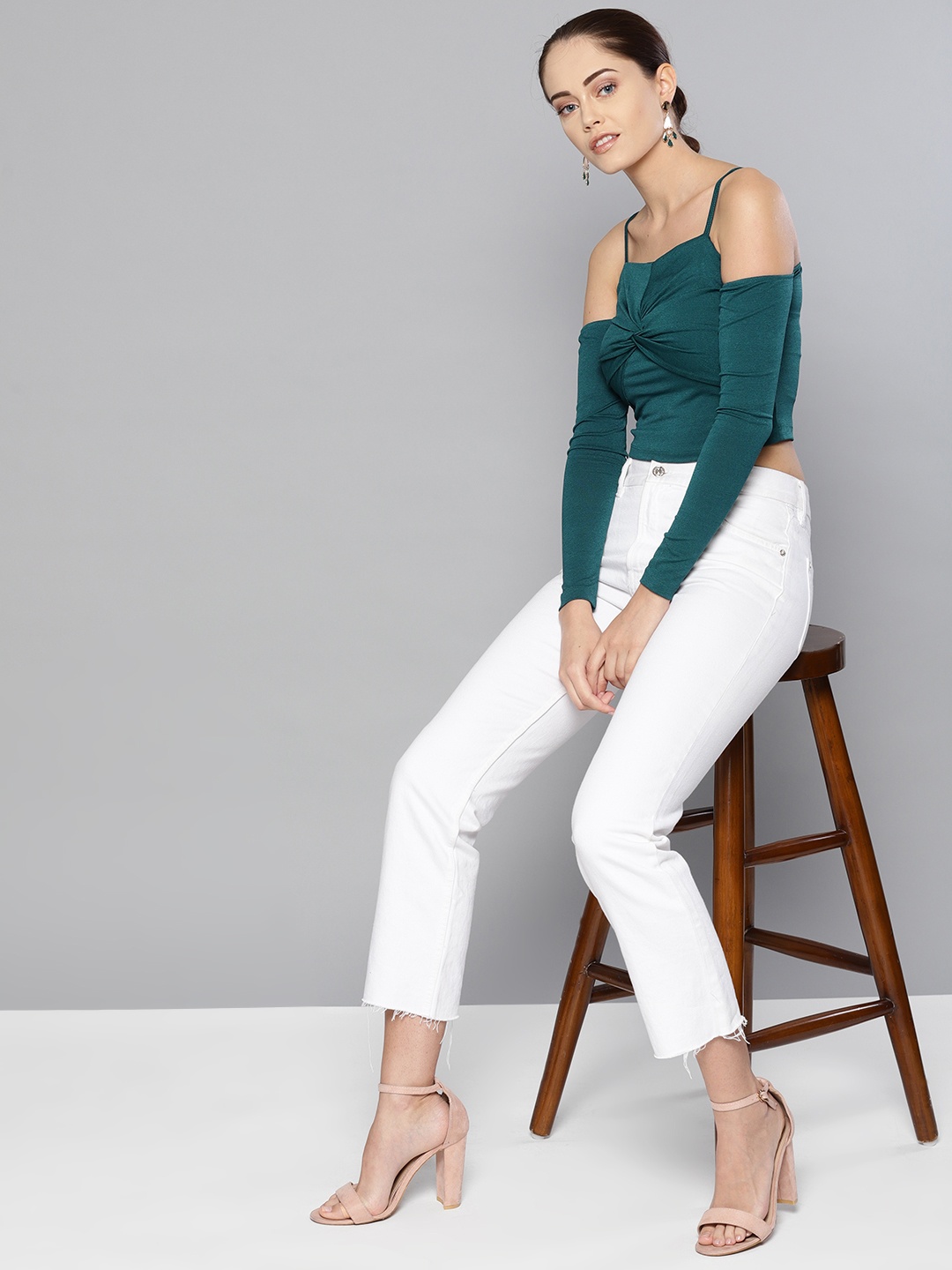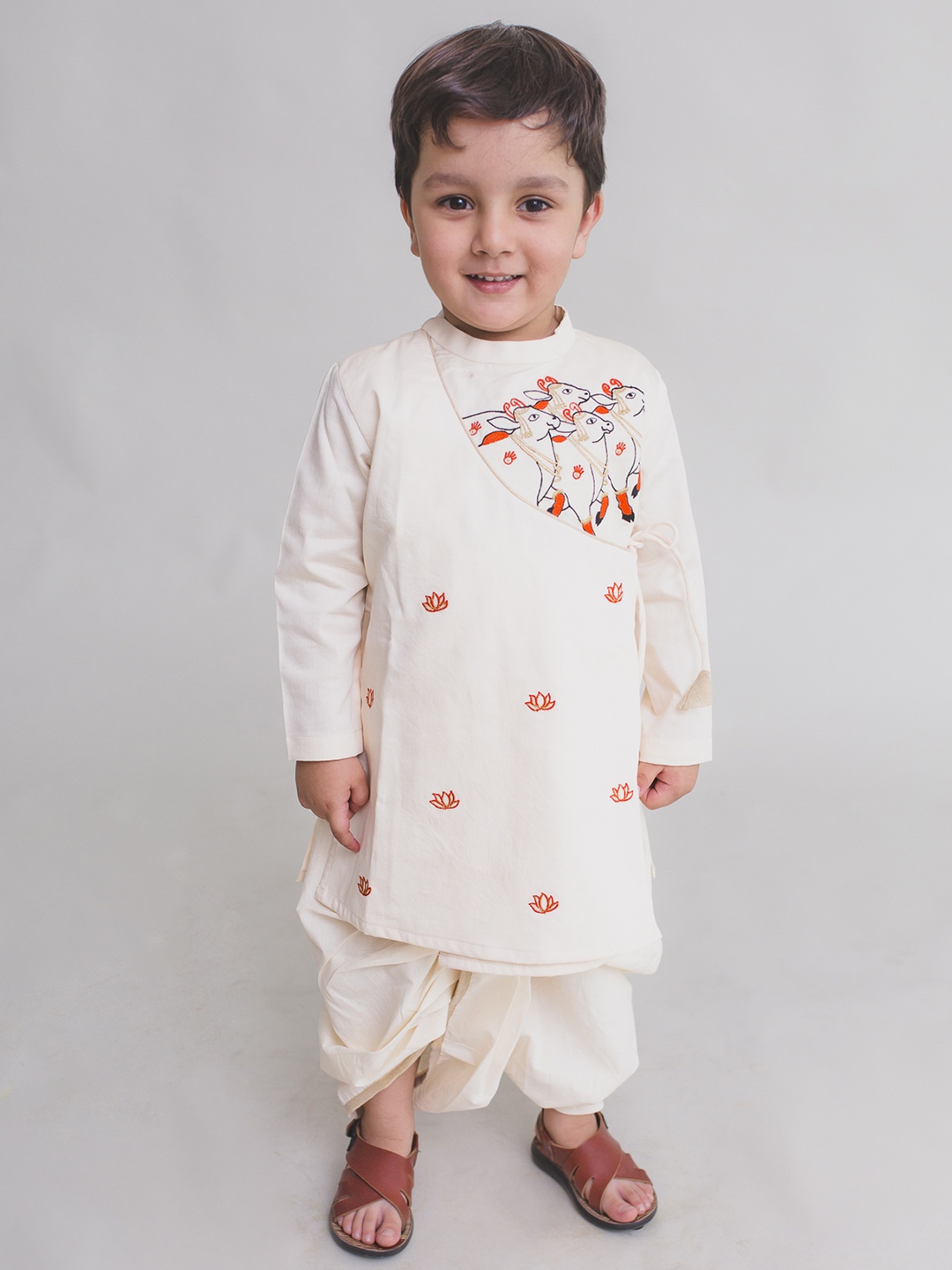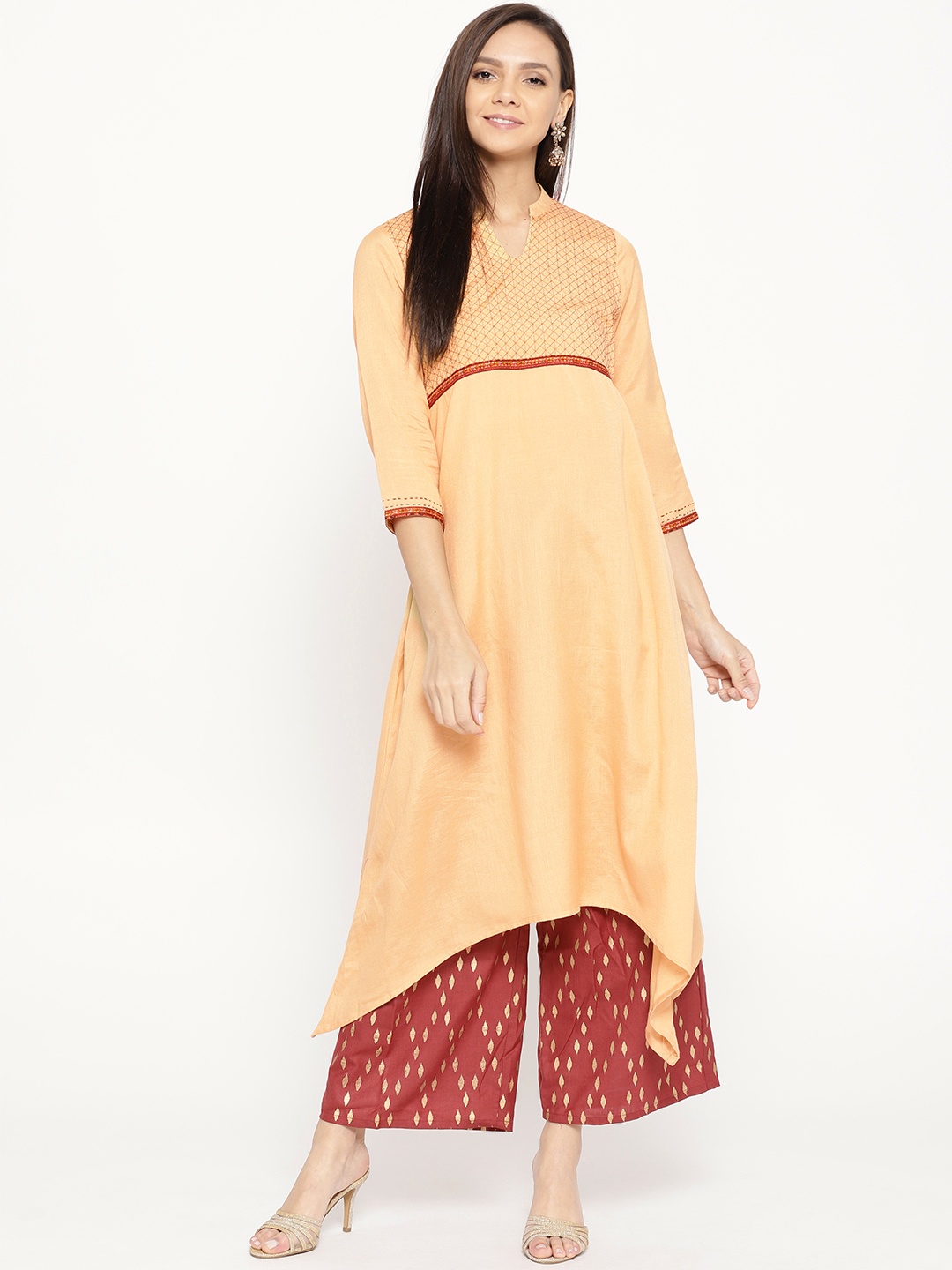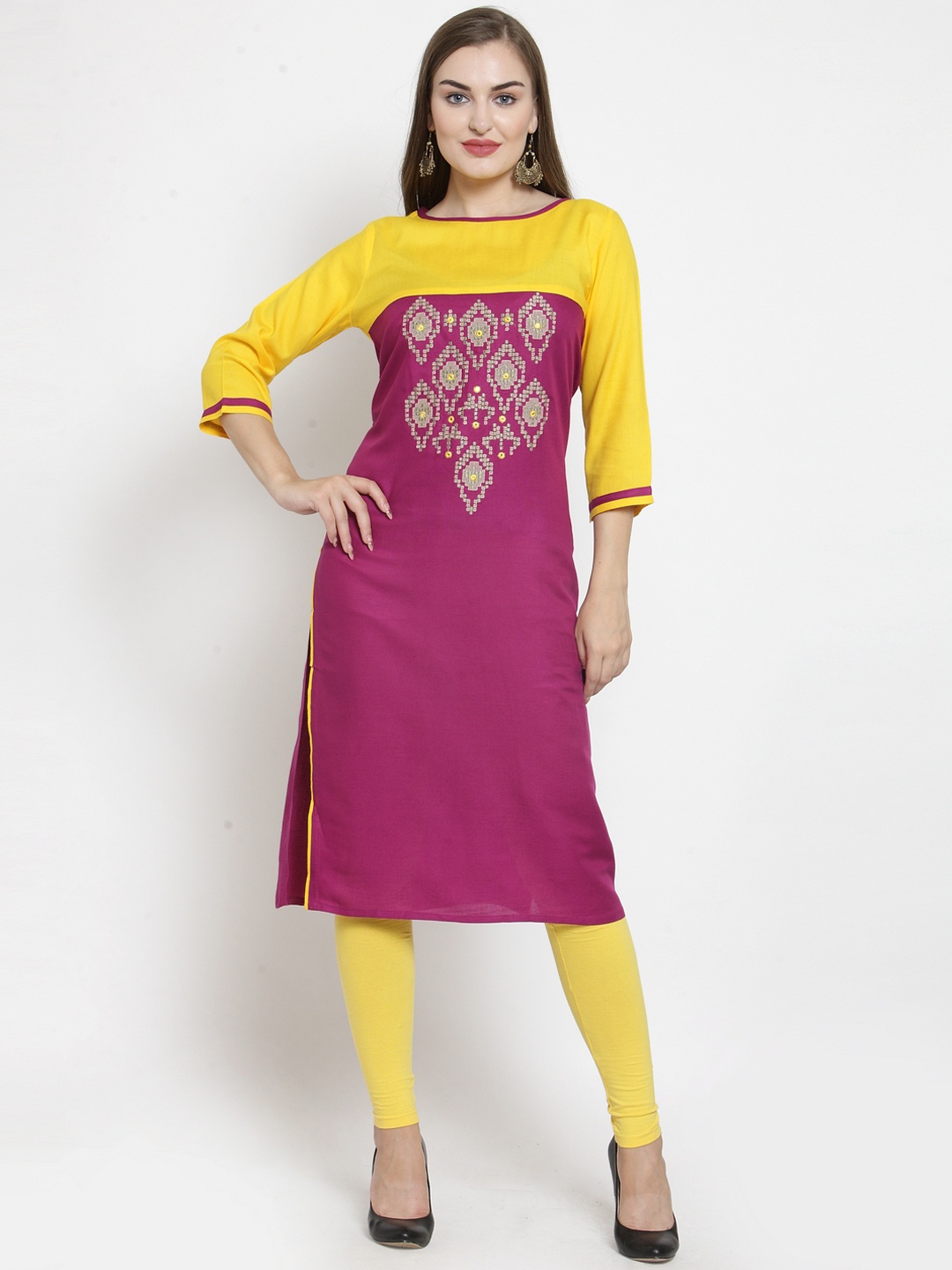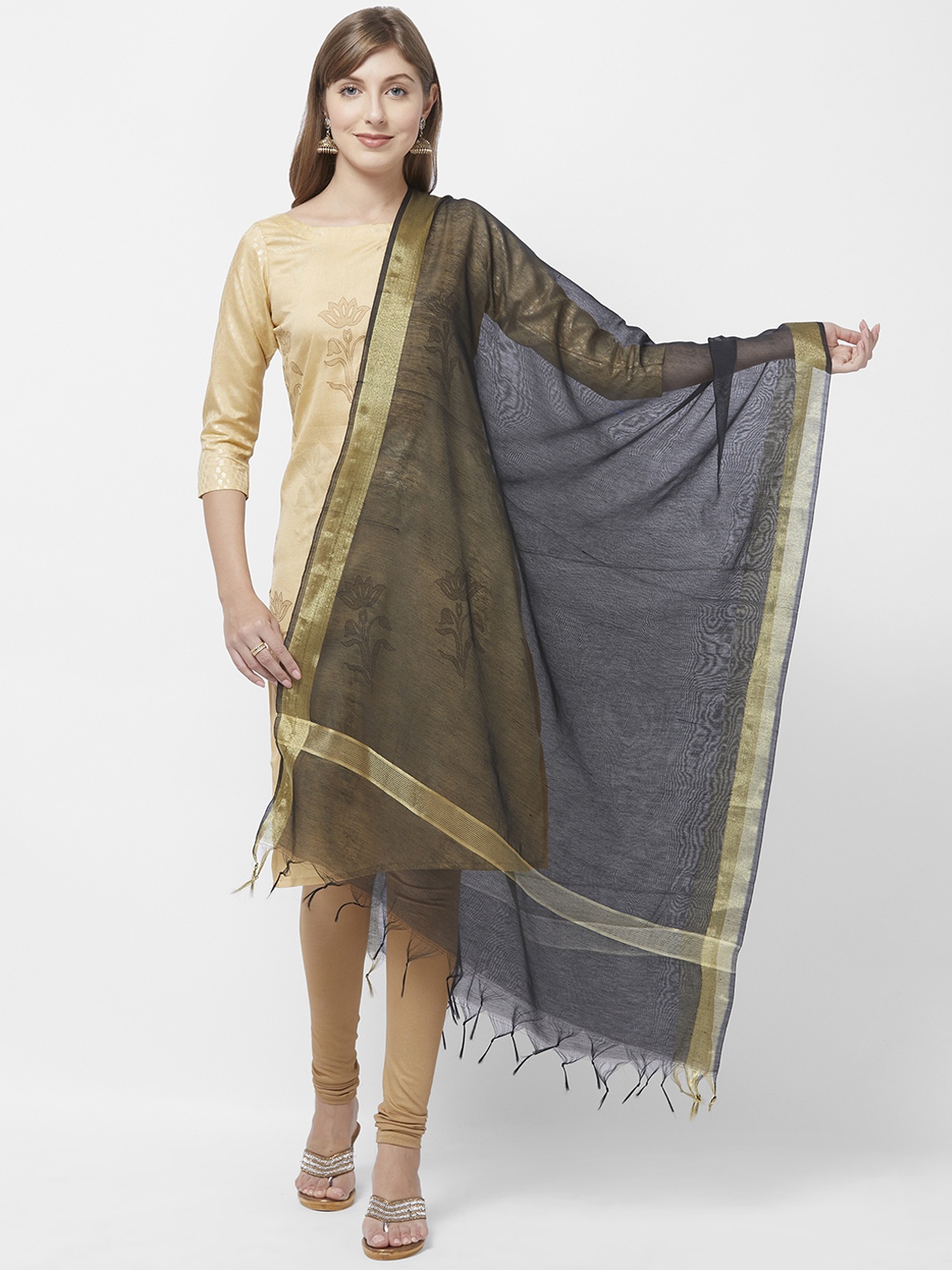How To Choose The Best Running Shoes For Flat Feet: Features, Fit And Buying Guide
Finding the right running shoes can feel like a marathon in itself, especially for those with flat feet. Let us explore the best running shoes for flat feet, what features truly matter, and how to keep your feet happy mile after mile.

Best Running Shoes for Flat Feet: Arch Support And Top Features You Should Look For.
Flat feet might sound like a minor quirk, but anyone who has them knows the struggle is real. Whether pounding the pavements of Bengaluru or sprinting along the Marine Drive promenade, having flat arches can make running a bit more complicated. The arch acts as your foot's natural shock absorber, and when it collapses, the strain travels upward to your ankles, knees, and even your back.
The right pair of shoes, though, can make all the difference. A good running shoe doesn't just look sleek; it supports your unique foot structure, provides cushioning in the right places, and helps maintain proper alignment. With countless brands promising “ultimate comfort” and “arch miracles,” choosing the right one can get confusing.
Let's break it down, step by step, and uncover what truly matters when choosing footwear for running.

How To Select The Best Running Shoes For Flat Feet: Detailed Guide To Features, Fit, And Support For Pain-Free Runs; Photo Credit: Pexels
The Must-Have Elements of the Perfect Flat-Foot Running Shoe
1. Why Flat Feet Deserve Special Attention
Flat feet occur when the arches of your feet collapse or never develop properly. The result? Your entire foot touches the ground when you stand. This can lead to overpronation, where your feet roll inward as you walk or run. It might sound harmless, but over time, it can cause discomfort, muscle strain, and even injuries.
Think of it this way: running on flat feet without proper support is like driving a car with a misaligned tyre, it might move forward, but wear and tear are inevitable. For those who enjoy their morning jogs, treadmill sessions, or casual weekend runs, the right shoes act like a trained physiotherapist, constantly working behind the scenes to keep everything aligned and pain-free.
The good news is that shoe brands now understand this need. Many have developed designs specifically for people with flat arches, offering structured midsoles, extra cushioning, and stabilising technologies to ensure smooth, comfortable movement.
2. The Importance of Arch Support
When it comes to flat feet, arch support isn't a luxury; it's a necessity. A shoe with proper arch support helps distribute your body weight evenly, preventing that familiar burning sensation in your feet after a long run.
Arch support helps maintain your natural posture, reduces inward rolling, and provides a springy push-off with each step. Without it, your legs and back end up compensating, which can lead to long-term strain.
When trying on shoes, check for a firm midsole that doesn't collapse easily under pressure. Brands like ASICS, Brooks, and Nike offer “stability” models designed specifically with this feature. Remember, comfort isn't just about softness; it's about structure. You want a shoe that supports your stride, not one that feels like a marshmallow underfoot.
Also Read: How To Choose Running Shoes That Cushion Concrete Pavement Impact: 10 Tips
3. Cushioning: Your Feet's Best Friend
Running on flat feet means your natural shock absorption is limited. Cushioning helps make up for that missing buffer. It's what stands between your sole and the hard road, absorbing impact and preventing stress on joints.
Modern running shoes use advanced foams like EVA or FlyteFoam that respond to your movements. For flat-footed runners, a shoe with medium to high cushioning offers a comfortable, bouncy feel without compromising stability.
If your morning run takes you through uneven terrain, or if you spend hours standing during the day, investing in a well-cushioned shoe is worth every rupee. The difference is instant, like switching from a rough bus ride to a smooth car journey.
4. Stability and Motion Control: Keeping You Balanced
Flat feet tend to overpronate, meaning the inner edges of your feet bear most of your body weight. Stability shoes and motion-control shoes are designed to correct this.
Stability shoes combine firm midsoles with gentle guidance features that prevent your foot from rolling inward. Motion-control shoes go one step further, offering maximum support and structure. These are ideal if your overpronation is severe or you often experience knee or hip discomfort.
Brands like Saucony, Brooks, and ASICS have excellent stability lines; look for models such as Brooks Adrenaline GTS or ASICS Gel-Kayano. They provide the perfect balance between support and comfort, helping you run straighter, faster, and longer without strain.
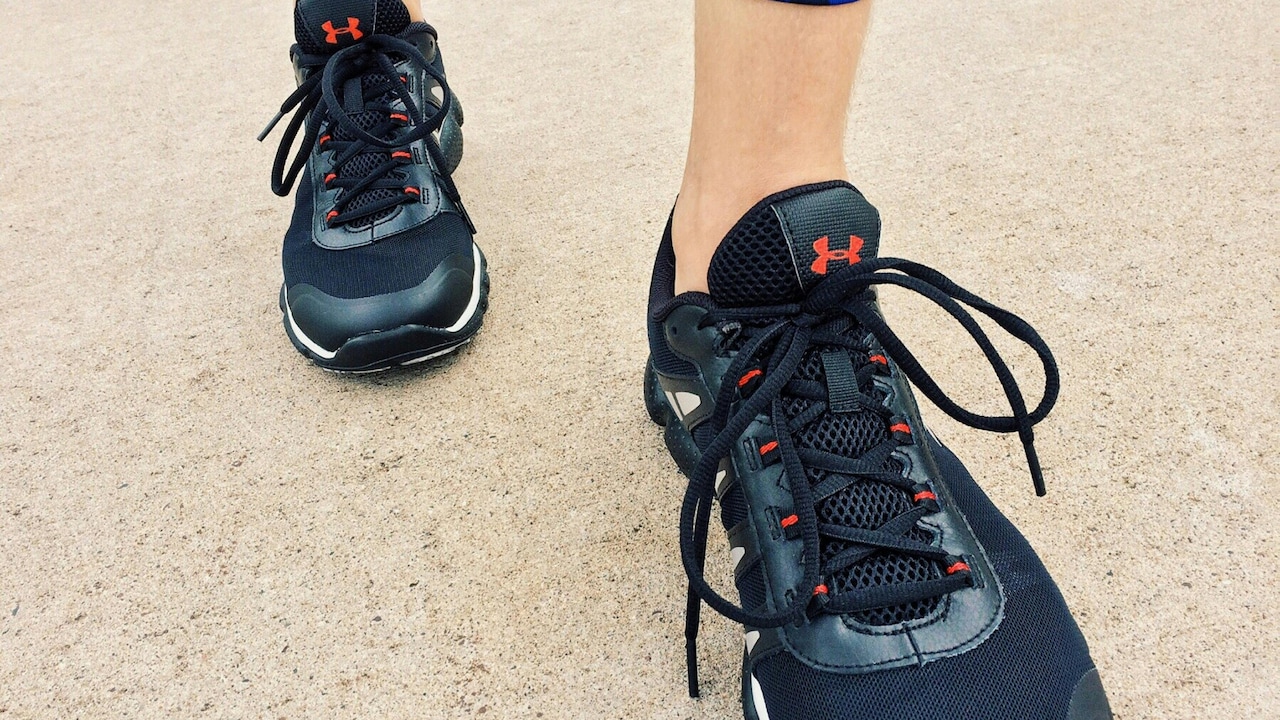
Best Running Shoes for Flat Feet: Top Features You Should Look For; Photo Credit: Pexels
5. Fit and Shape: The Foundation of Comfort
Even the most advanced shoe will fail if it doesn't fit properly. Flat feet often spread wider, especially during longer runs, so choosing a shoe with a slightly broader toe box is essential.
When shopping, always try on shoes in the evening, your feet tend to swell by then, giving a more accurate fit. Leave about a thumb's width between your longest toe and the shoe tip to avoid black toenails and friction.
The inner lining should feel snug but not tight, and your heel should stay locked without slipping. Remember, comfort should be instant; there's no “break-in” period for the right pair of running shoes. If it feels off in the store, it'll feel worse after 5 kilometres.
6. Breathability and Material Quality
Running shoes should feel like a second skin, not a furnace. Breathable mesh uppers help air circulate and keep your feet cool, especially in the warm and humid weather that most cities experience.
Synthetic mesh and engineered knit fabrics are great choices. They're light, flexible, and wick away moisture efficiently. Avoid shoes that feel too rigid or heavy; your feet will thank you on a long run.
Some brands even use eco-friendly materials, a bonus for those who care about sustainability. While they might cost a bit more, consider it an investment in both comfort and conscience.
7. Sole Design: Grip and Durability Matter
The sole is where the rubber meets the road, literally. For flat-footed runners, a well-designed outsole ensures stability and traction. Look for shoes with a wider base and strategically placed grooves that encourage even weight distribution.
Durable rubber compounds, especially those designed for Indian roads (which can vary from smooth pavements to uneven paths), provide excellent grip. A slightly curved sole can also encourage a natural stride, reducing pressure on the inner foot.
Durability matters too. Spending ₹8,000–₹12,000 on a high-quality pair might seem steep, but a durable sole ensures your shoes last longer, saving you money and sore feet in the long run.
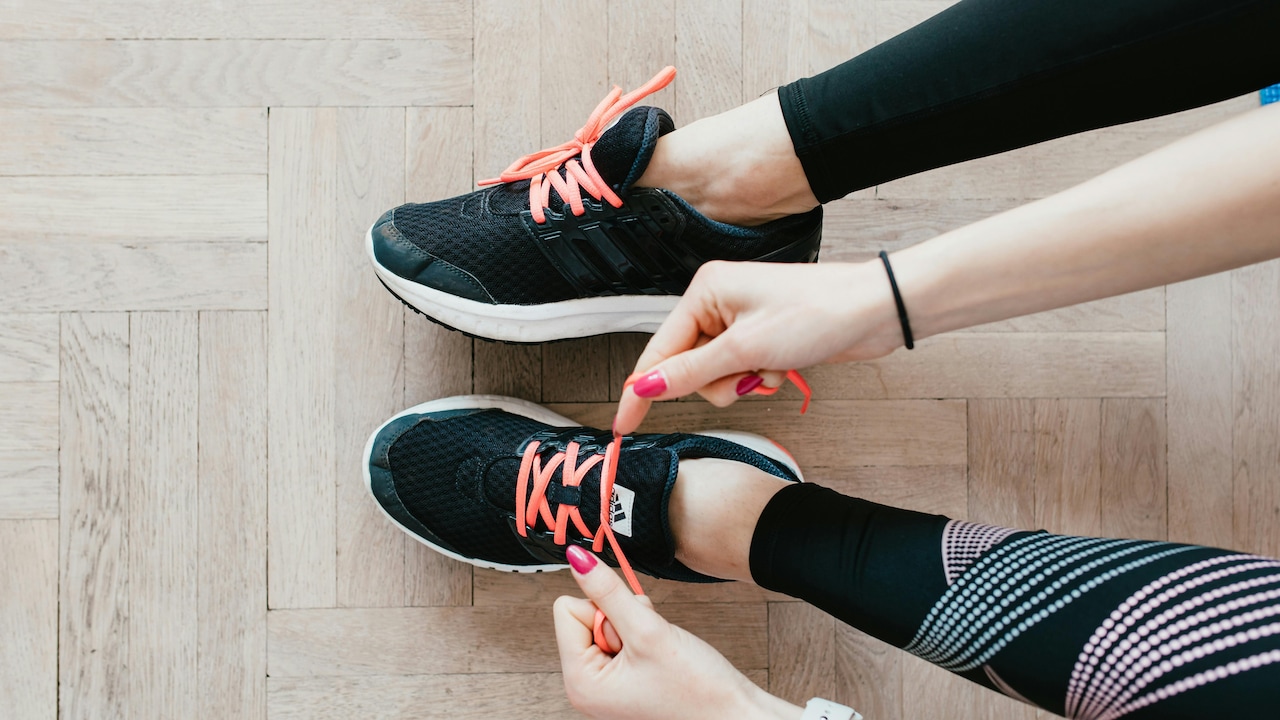
Best Running Shoes for Flat Feet: Top Features You Should Look For; Photo Credit: Pexels
8. Weight and Flexibility: Light Yet Supportive
A lightweight shoe reduces fatigue and enhances speed. But for flat feet, the challenge is finding one that balances lightness with adequate support.
Look for shoes with flexible forefoots and slightly firmer heels. This combination lets your foot move naturally without collapsing inward. Many newer models achieve this with dual-density midsoles, soft in some areas, firmer in others.
For those who enjoy early morning runs before work, a lightweight shoe makes all the difference. It feels nimble, responsive, and keeps energy levels high. You'll feel less like you're dragging your feet and more like you're gliding.
9. Style Meets Functionality
Let's be honest, looks matter. Nobody wants to spend a small fortune on shoes that resemble medical equipment. Thankfully, modern running shoes combine style with performance.
Brands have upped their game with sleek designs, vibrant colours, and minimalistic aesthetics. Whether you prefer subtle greys or bold neons, there's something for every taste. Wearing shoes you love not only boosts confidence but can also motivate you to lace up and hit the road more often.
It's not just about running, it's about making a lifestyle statement. When a shoe looks good and feels better, that's the winning combination.
10. Budget and Value: Getting the Most for Your Money
Good running shoes don't always come cheap, but consider them an investment in your health. Prices typically range from ₹6,000 to ₹14,000 for quality models with proper support and durability.
Before purchasing, compare features rather than just brand names. Some lesser-known models offer exceptional comfort at reasonable prices. Always check for return policies, especially when shopping online.
A useful tip: older models from reputed brands often go on sale when new editions launch. You can grab a top-quality pair at a fraction of the price, just make sure the fit and support are right for your feet.
Remember, the real cost isn't the price tag, it's what happens when you run in the wrong shoes. A few thousand rupees saved today could mean physiotherapy bills tomorrow.
Products Related To This Article
1. Sparx Womens Sx0167l Sneaker
2. Campus Women Ciara Running Shoes
3. Reebok Women's Running Shoes
4. CULT Women Dynex Running Shoes
5. Skechers Womens Max Cushioning Endeavour
6. New Balance Womens 574 Sneaker
7. Adidas Men Lite Racer 3.0 Casual Shoe
Running should be liberating, not painful. For those with flat feet, the right pair of shoes can transform every stride from struggle to joy. Look for arch support, cushioning, stability, and the perfect fit. The goal isn't just to run faster, it's to run comfortably and sustainably.
Whether you're chasing fitness goals, clearing your head after a long day, or simply soaking in the morning calm, your shoes should work with you, not against you. Treat your feet well, and they'll take you further than you ever imagined, one confident step at a time.
Disclaimer: The images used in this article are for illustration purposes only. They may not be an exact representation of the products, categories, and brands listed in this article.






